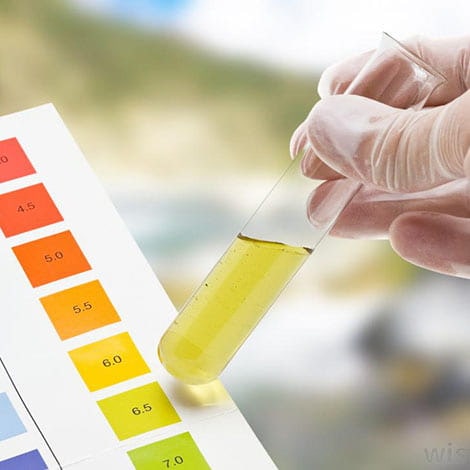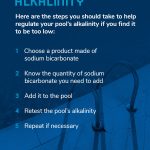Having the right pH levels in your pond is crucial for the health of your aquatic life. If you notice that the pH levels in your pond are too high, it’s important to take action to lower them to create a suitable environment for your fish and plants to thrive. In this article, we will discuss various methods to effectively reduce pH levels in a pond.

Credit: thefishsite.com
Understanding pH Levels in a Pond
pH is a measure of how acidic or alkaline the water in your pond is. The ideal pH level for a pond typically ranges between 6.5 and 8.5, with 7 being considered neutral. When the pH levels in your pond are too high (above 8.5), it can lead to issues such as poor fish health, algae growth, and nutrient deficiencies in plants.

Credit: www.livingwateraeration.com
Methods to Reduce pH Levels in a Pond
There are several effective ways to lower the pH levels in your pond and create a more balanced environment for your aquatic life. Here are some methods you can consider:
1. Use Ph-lowering Products
One of the quickest ways to lower pH levels in a pond is by using pH-lowering products specifically designed for ponds. These products are typically available at garden centers or pet stores and can help bring the pH levels down to a more suitable range.
2. Add Vinegar Or Citric Acid
Another natural way to lower pH levels in your pond is by adding vinegar or citric acid. These substances are acidic and can help neutralize the alkalinity in the water, bringing the pH levels down. However, it’s important to use these substances sparingly and monitor the pH levels regularly.
3. Increase Aeration
Poor aeration can lead to a buildup of carbon dioxide in the water, which can contribute to higher pH levels. By increasing aeration in your pond, you can help oxygenate the water and reduce carbon dioxide levels, which in turn can help lower the pH levels.
4. Use Peat Moss
Peat moss is a natural way to lower pH levels in a pond. You can place peat moss in a mesh bag and submerge it in your pond. As the peat moss breaks down, it releases tannic acids that can help lower the pH levels and create a more suitable environment for your aquatic life.
5. Perform Regular Water Changes
Regular water changes can help dilute the alkalinity in your pond and bring the pH levels down. Make sure to replace a portion of the water in your pond regularly to maintain optimal pH levels and keep your aquatic life healthy.
Monitoring pH Levels
Once you have taken steps to lower the pH levels in your pond, it’s important to monitor the pH levels regularly to ensure they stay within the optimal range. You can use pH test kits to test the water and make adjustments as needed to maintain a healthy pH balance in your pond.
Conclusion
Maintaining the right pH levels in your pond is essential for the overall health and well-being of your aquatic life. By following the methods outlined in this article, you can effectively reduce pH levels in your pond and create a balanced environment where your fish and plants can thrive. Remember to monitor pH levels regularly and make adjustments as needed to ensure a healthy and thriving pond ecosystem.





